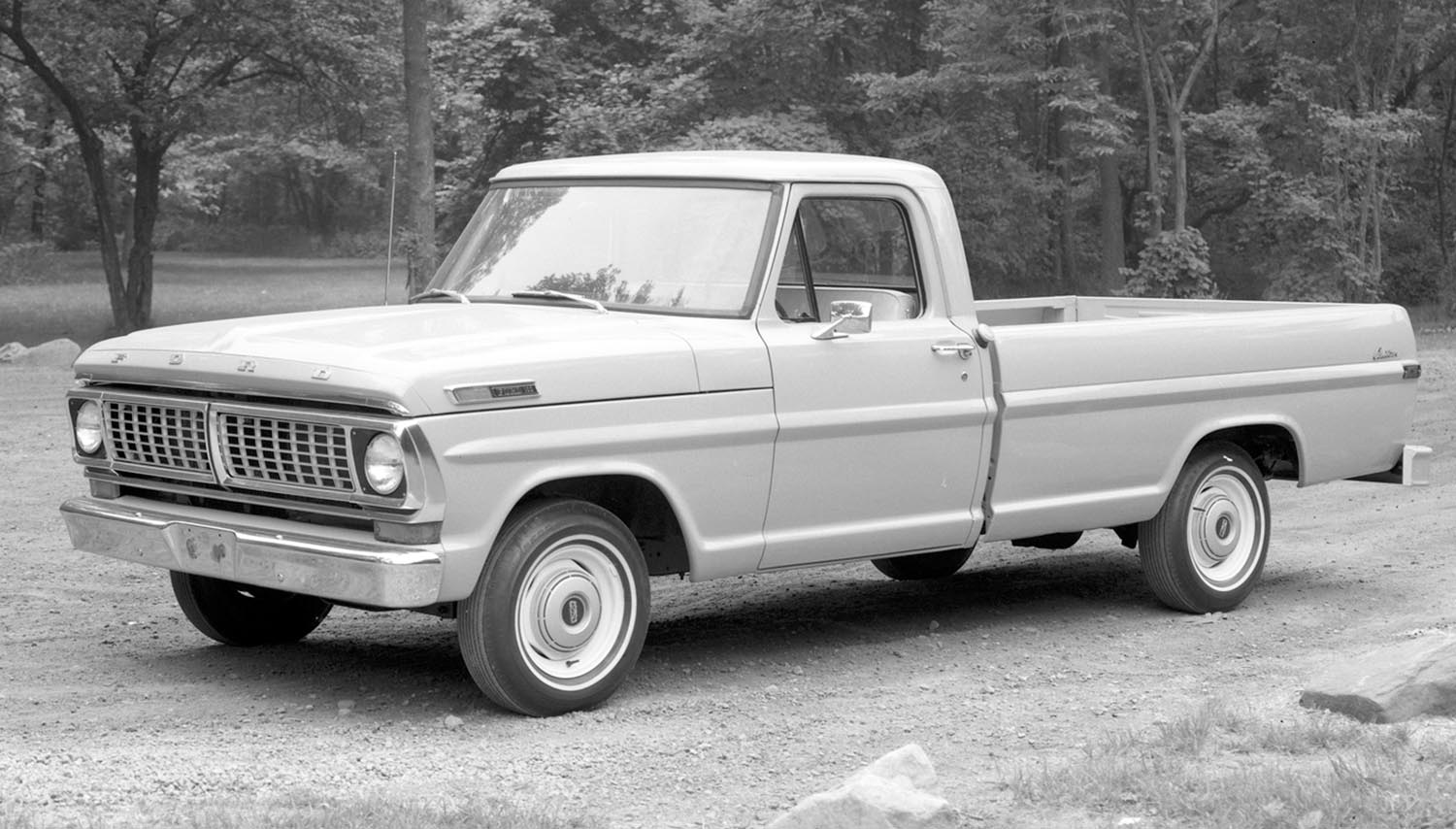
What makes a vehicle a legend? It’s not just speed or luxury. It’s about its story and its purpose. It’s about becoming a part of the culture. The 1970 Ford F-100 Custom is exactly one of those legends. It is a truck that symbolizes an era of hard work and dependability. This isn’t just a machine. It’s a rolling piece of history. It helped build farms, carry families, and get the job done. The F-100’s heritage is deeply rooted in American life.
The Fifth-Generation F-Series Legacy
The 1970 F-100 belongs to the fifth generation of Ford’s F-Series trucks. This generation ran from 1967 to 1972. It introduced a much wider cabin. The design was also completely new. It was tougher and more robust. Ford’s goal was to create a more comfortable truck. Consequently, they made the cab more spacious. The fifth generation established the F-Series’ modern identity. Its rugged looks were a major part of its appeal.
The Custom Trim: A No-Nonsense Workhorse
The “Custom” trim level was a major part of the F-100 lineup. It served as a no-frills, durable work truck. It came with the basics you needed for any job. The focus was on practicality and reliability. It wasn’t about fancy options. Instead, it offered honest value. It was the perfect truck for those who needed a dependable tool. Furthermore, it became a trusted companion. The Custom was the backbone of many American businesses.
Power and Drivetrain Choices
The 1970 F-100 had a range of engine options. The base engine was a reliable inline-six. However, many people chose a V8 for more power. The most common V8s were the 302 and the 360. Ford also offered the powerful 390 V8. You could get it with a manual or an automatic transmission. The top-of-the-line V8s provided plenty of torque. This was essential for hauling heavy loads. Ford engineered these powertrains for durability.
A Look at the Chassis and Design
The F-100 used a solid chassis. It was built to withstand tough conditions. The truck had a twin I-beam front suspension. This design provided a smoother ride. It also made the truck more stable. The body featured “dent-side” accents. This was a unique design element of this generation. The bed was also wider and deeper. This increased the truck’s cargo capacity. Its design combined function and a tough look.
The Interior: Simple and Durable
The interior of the F-100 was simple. The Custom trim was especially basic. It had a clean dashboard. All the controls were easy to use. The seats were durable vinyl or cloth. They were built for long hours of work. The cabin offered good visibility. It was a comfortable place to be. The focus was on function over style. This made it a reliable vehicle for decades.
A Cultural Icon
The 1970 F-100 is more than just a vehicle. It is a symbol of American strength. You see it in movies and on television. It represents an era of hard work and self-reliance. It was the truck your dad or grandfather drove. Its image is cemented in our culture. It stands for a time when things were built to last. It is a source of nostalgia for many.
Why the F-100 Endures
The popularity of the F-100 is still very high today. Many people love to restore them. They make a great platform for customization. Their simple design makes them easy to work on. Parts are also relatively easy to find. The truck’s rugged nature means many have survived. They are a testament to Ford’s engineering. The 1970 model year is a favorite among collectors.
Summary
The 1970 Ford F-100 Custom is a true icon. It holds a significant place in automotive history. Its tough, no-nonsense design was perfect for its time. It was built for hard work, not for show. The truck’s powerful engines and strong chassis made it a dependable companion. Its simple and durable nature continues to appeal to enthusiasts. The F-100 represents a golden age of American pickups. Its heritage as a workhorse lives on.
Disclaimer: Content on this site is for informational purposes only. Vehicle specs, pricing, and availability may change. Always verify details with official sources before making decisions. Opinions are those of the authors.
Source: Ford Heritage Vault